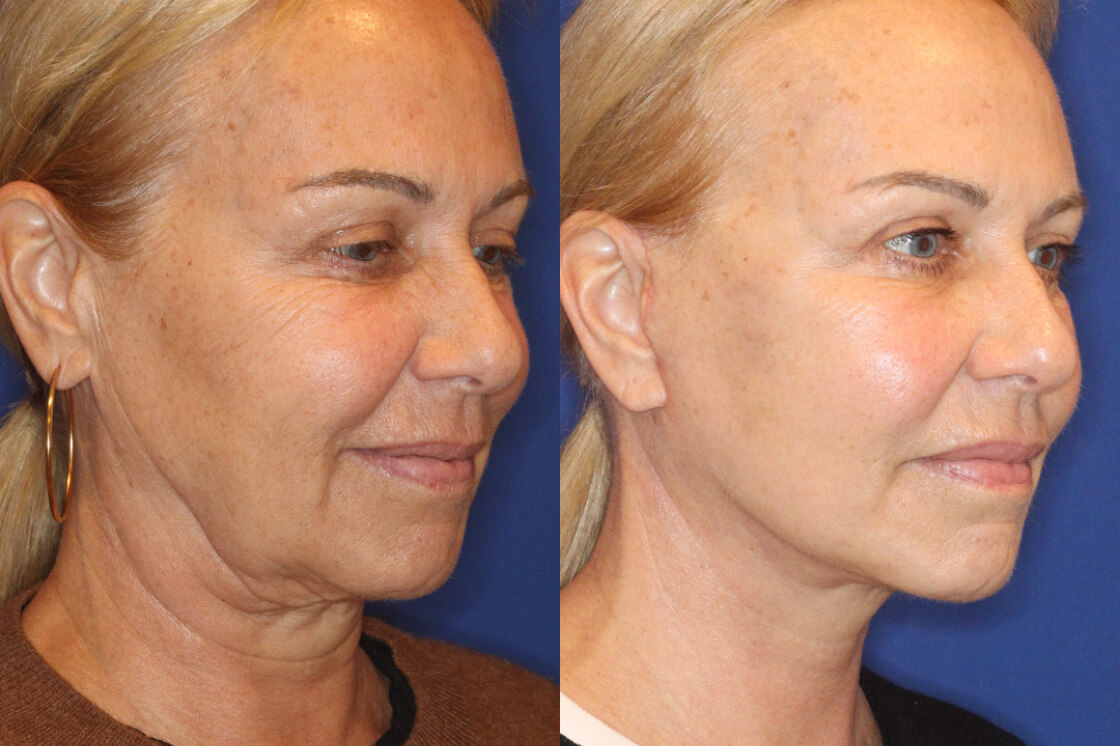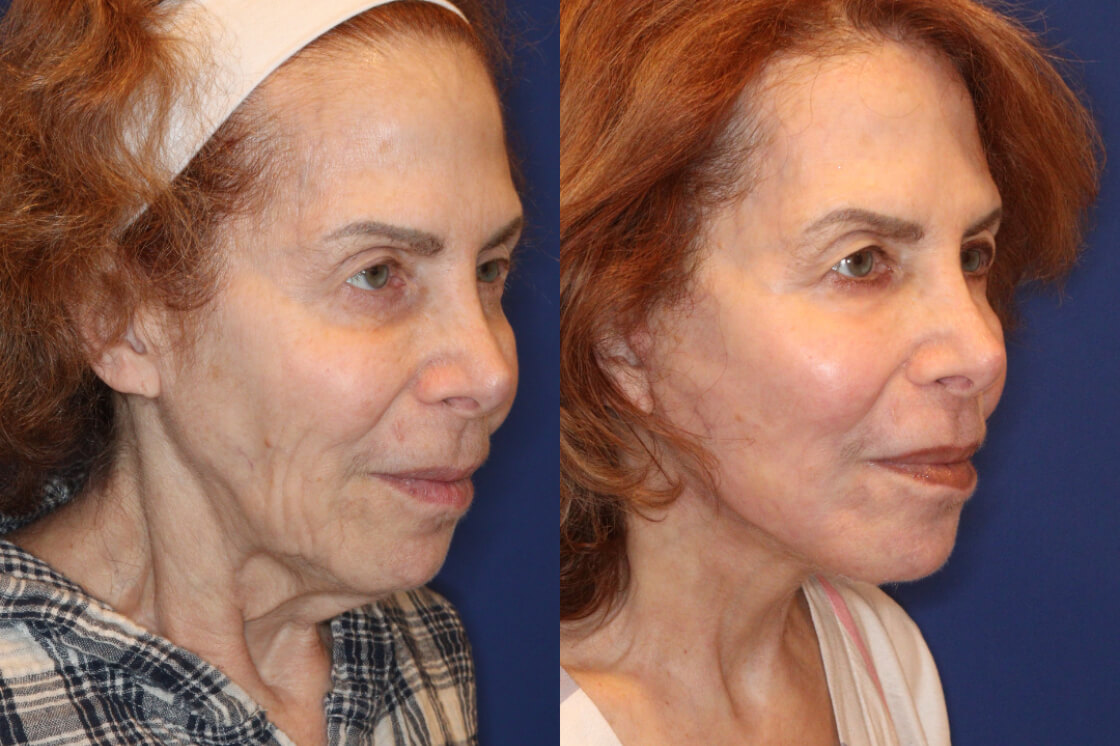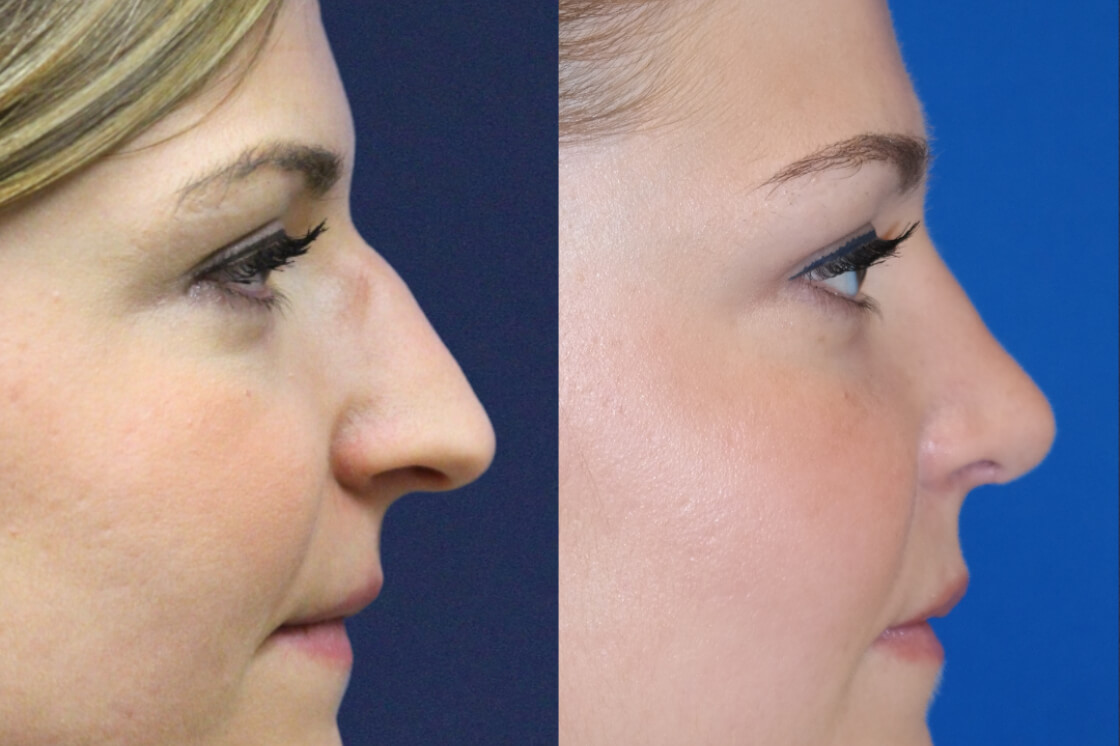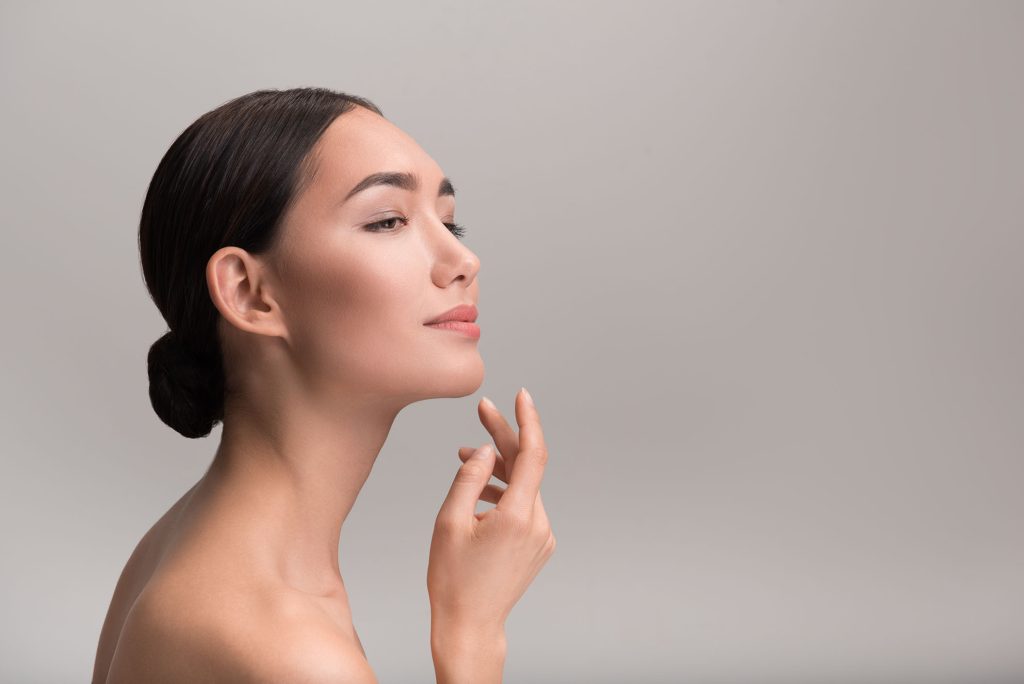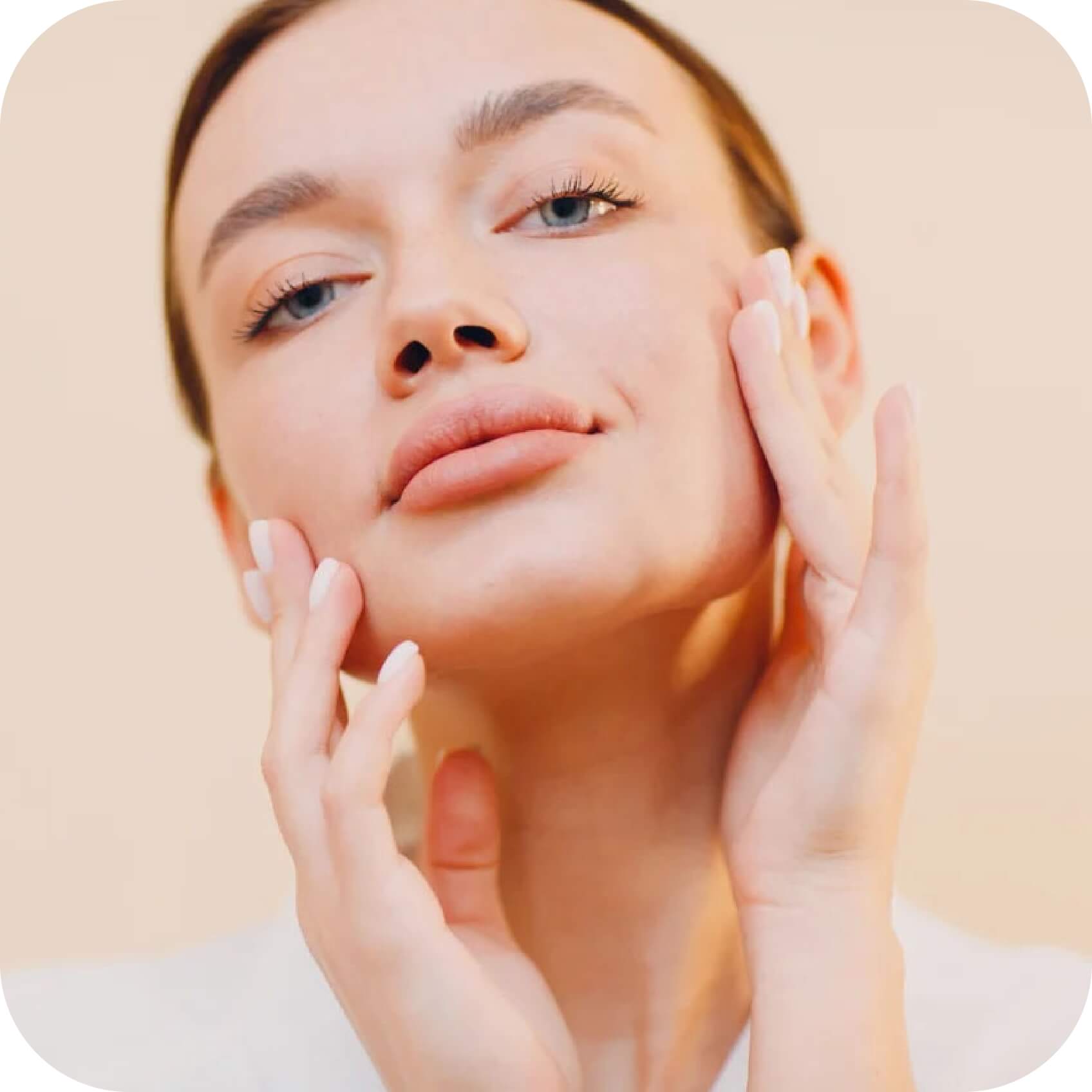Rhinoplasty is one of the most frequently requested procedures in facial plastic surgery, and also one of the most complex. Patients often arrive with highly specific concerns, but many of the same questions come up during consultations.
Dr. Jennifer Levine, a double board-certified facial plastic surgeon, has performed thousands of rhinoplasty procedures. Her approach is focused on balance, proportion, and long-term function. Below, she answers the ten most frequently asked questions she hears from patients exploring nasal refinement.
Contents
- 0.1 1. Am I a good candidate for rhinoplasty?
- 0.2 2. What specific changes can I make to my nose with rhinoplasty?
- 0.3 3. Can I make my nose look like [celebrity]?
- 0.4 4. Will rhinoplasty help me breathe better?
- 0.5 5. What type of anesthesia will be used during rhinoplasty?
- 0.6 6. When can I blow my nose after rhinoplasty?
- 0.7 8. When can I work out after rhinoplasty?
- 0.8 9. Are there non-surgical options for refining the nose?
- 0.9 10. What are the risks and complications associated with rhinoplasty?
- 1 Considering Rhinoplasty in NYC?
- 2 References
1. Am I a good candidate for rhinoplasty?
Candidacy depends on a few things: your health, the maturity of your facial features, and the specific concerns you want to address. Most patients are adults with either a functional issue, like difficulty breathing, or an aesthetic goal, such as smoothing the bridge or refining the nasal tip. Dr. Levine also offers teen rhinoplasty for younger patients, but the growth of the nose must be sufficiently mature before surgery is considered.
Dr. Levine evaluates each case individually. Skin thickness, cartilage structure, prior injuries, and expectations all play a role in determining whether rhinoplasty will be both safe and effective for you.
2. What specific changes can I make to my nose with rhinoplasty?
The potential changes vary significantly by patient. Some want to correct asymmetry after a fracture; others are focused on refining features they’ve always found too prominent. Common changes include smoothing down a bump on the bridge, making the base of the nose narrower, or adjusting how far the nose sticks out from the face when viewed from the side. (1)
Dr. Levine walks each patient through their options, including what’s surgically realistic and how those changes would affect the overall balance of the face. If it helps, she may use 3D imaging to illustrate subtle refinements before any decisions are made.
3. Can I make my nose look like [celebrity]?
People often bring photos of noses they admire because it’s often easier to point to a shape than describe it. That said, rhinoplasty isn’t about copying someone else’s face.
Dr. Levine can use those references to understand what your aesthetic preferences are regarding structure, contour, and lift, but the plan is always guided by your own anatomy. What works beautifully on one face can look out of place on another. The most successful rhinoplasties look like no work was done at all!
4. Will rhinoplasty help me breathe better?
It can, especially if the breathing issue is structural. Common causes of breathing issues include a deviated septum, internal valve collapse, or enlarged turbinates. (2) These conditions often go unrecognized until a patient starts exploring rhinoplasty for cosmetic reasons and mentions they’ve “never really breathed well through one side.”
Dr. Levine evaluates internal airflow during every consultation. When appropriate, she incorporates functional correction into the procedure so patients see and feel the difference.
5. What type of anesthesia will be used during rhinoplasty?
General anesthesia is typically used for rhinoplasty. It is the safest option as it allows proper airflow and for Dr. Levine to work precisely and without patient movement, which is especially important when small cartilage adjustments are being made.
Some patients are surprised by how straightforward the experience is. You’re asleep the entire time, and once the surgery is over, you’ll rest in a monitoring area for a short period before going home. A board-certified anesthesiologist is present throughout the case to monitor everything closely.
6. When can I blow my nose after rhinoplasty?
Not for a couple of weeks. The internal structures are healing, and even gentle blowing too soon can cause bleeding or put pressure on areas that aren’t fully stable yet.
If congestion becomes uncomfortable, there are ways to manage it; Dr. Levine gives patients a specific routine using saline and steam, along with what to avoid.
7. When can I wear glasses after rhinoplasty?
You’ll want to avoid resting glasses directly on the nose for at least four to six weeks. That pressure, even from lightweight frames, can affect healing.
Patients who rely on glasses are shown simple ways to suspend them from the forehead or use a temporary bridge support until the nose is ready. Contact lenses are fine as soon as any swelling around the eyes subsides.
8. When can I work out after rhinoplasty?
For the first week, rest is the priority. After that, light walking is fine. Most patients can return to non-contact exercise, like cycling or strength training, anywhere from three to six weeks. Anything high-impact, including running or yoga inversions, needs to be postponed until cleared.
Dr. Levine adjusts recovery timelines based on the details of the surgery and how each patient is healing. She encourages staying mobile, but also respecting the body’s healing pace.
9. Are there non-surgical options for refining the nose?
In certain cases, yes. Filler can be used to smooth out a visible bump or give the bridge a straighter appearance. It won’t change the size of the nose or improve breathing, but for someone looking to correct a mild contour issue, it can offer a meaningful improvement.
Dr. Levine performs non-surgical rhinoplasty selectively, only when the anatomy and goal make it a good fit. The results are temporary, and not everyone is a candidate, but for the right patient, it can be a worthwhile option.
10. What are the risks and complications associated with rhinoplasty?
There are risks associated with every procedure. While they can happen with any surgeon, selecting an experienced rhinoplasty surgeon can help mitigate risks. Bruising and swelling are expected. Some patients may experience temporary numbness or asymmetry as the tissues settle.
Dr. Levine’s detailed consultation process helps ensure that expectations and results are closely aligned from the start. She takes the time to thoroughly understand each patient’s aesthetic and functional goals, creating a clear, realistic, and personalized plan. Thanks to this thoughtful approach, the revision rate in her practice is exceptionally low. And in the rare case that an adjustment is needed, it’s handled with the same meticulous care and expertise as the original procedure.
Considering Rhinoplasty in NYC?
We invite you to schedule a rhinoplasty consultation at our Upper East Side office. Whether your goals are functional, aesthetic, or both, Dr. Levine’s approach is always the same: to create a nose that feels like yours, only more balanced, elegant, and harmonious.
Let’s begin your transformation!
References
- Fichman M, Piedra Buena IT. Rhinoplasty. PubMed. Published 2020. https://www.ncbi.nlm.nih.gov/books/NBK558970/
- Altidor A, Ferri FA, Fadi Bakhos, Mascaro-Pankova A. Functional Rhinoplasty. Cureus. Published online September 26, 2023. doi:https://doi.org/10.7759/cureus.45993
